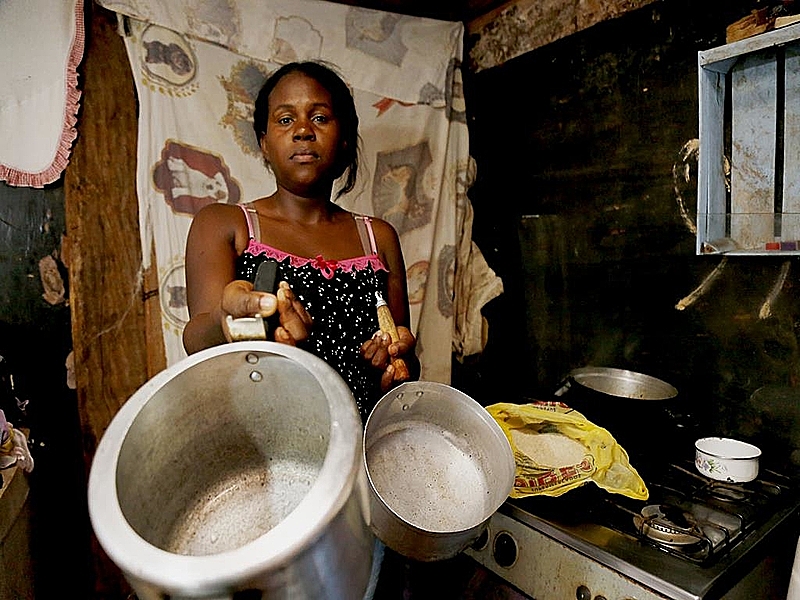RIO DE JANEIRO, BRAZIL – A survey released on Wednesday, June 8, says that about 33 million people go hungry in Brazil. The number corresponds to almost double the number registered in 2020.
The data is part of the 2nd National Survey on Food Insecurity in the Context of the Covid-19 Pandemic in Brazil, made by Rede Penssan (Brazilian Research Network on Food and Nutritional Sovereignty and Security).
Currently, more than half (58.7%) of the Brazilian population lives with food insecurity.
According to Penssan, the main factors responsible for the growth in the number of Brazilians suffering from food insecurity at different levels are “the continued dismantling of public policies, the worsening economic crisis, the increase in social inequalities, and the second year of the covid-19 pandemic.”

“The country has regressed to a level equivalent to the 1990s,” the report states. The 1st survey, released in April last year, estimated that about 19 million people had nothing to eat in 2020. In 2018, there were 10.3 million.
The survey results said that 41.3% of households consulted are in a situation of food security, while in 28%, there was uncertainty about access to food and the quality of food, considered mild food insecurity.
Quantitative restriction to food was registered in 30.7% of the households, and in 15.5% of them, people live with hunger, classified as severe food insecurity.
In population terms, according to the survey, there are 125.2 million Brazilians in homes with food insecurity and more than 33 million in the most severe form.
The Penssan Network used the Ebia (Brazilian Scale of Food Insecurity) -the same used by the IBGE (Brazilian Institute of Geography and Statistics)- to make the classification.
On this scale, food security is considered the full and regular access to quality food, in sufficient quantity, without compromising access to other essential needs. Food insecurity is divided into three levels:
- mild – when there is concern or uncertainty about access to food in the future, in addition to a drop in adequate food quality so as not to compromise quantity;
- moderate – when there is a quantitative reduction in food consumption among adults or a breakdown in eating patterns;
- severe – when there is a rupture in the eating patterns resulting from a lack of food among all the household residents, including children. At this level of food insecurity, people live with hunger.
The researchers conducted face-to-face interviews with adults in 12,745 Brazilian homes in 26 states and the Federal District in rural and urban areas. Data collection was carried out from November 2021 to April 2022.
PROFILE OF HUNGRY BRAZILIANS
The survey found that inequality in access to food is more common in rural households, where 18.6% face hunger. Among the families with severe food insecurity, 25.7% live in the North region and 21% in the Northeast.
Also, according to the report, hunger is present in 43% of families with a per capita income of up to one-quarter of the minimum wage. It affects more the households where women or people who call themselves black or brown are the head of the family.
With information from Poder360

